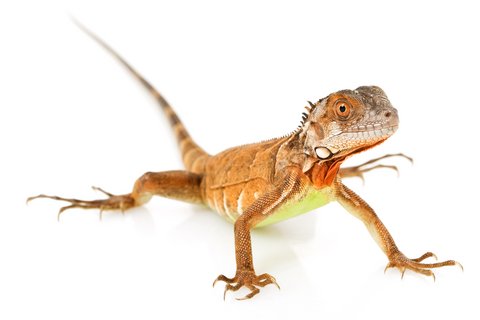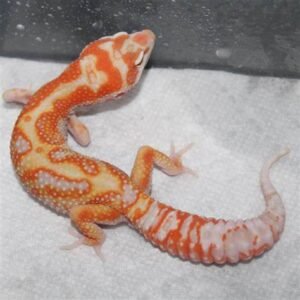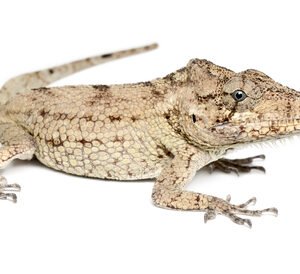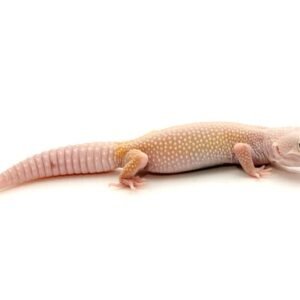Understanding the Red Iguana: Natural Habitat and Behavior
The red iguana, scientifically known as Iguana iguana, is a captivating reptile that thrives in the lush environments of Central and South America. These magnificent creatures are typically found in tropical rainforests, where they take full advantage of the warm climate and abundant vegetation. Their natural habitat provides not only a diverse range of food sources but also the necessary conditions for their survival and overall well-being.
In the wild, red iguanas primarily feed on leaves, flowers, and fruits, which define their herbivorous diet. This dietary preference requires careful consideration for pet owners who wish to replicate the iguana’s natural eating habits. Fruits such as papaya and mango, along with a variety of leafy greens, are ideal for mimicking their wild diet. A proper understanding of their dietary needs is crucial for maintaining their health and vitality in captivity.
Social behavior in red iguanas is also an essential aspect of their existence. These reptiles are predominantly solitary creatures; however, they may engage in social interactions during the breeding season or when basking in the sun. Understanding these behaviors can help potential owners create a more enriching environment, promoting natural tendencies even in a captive setting. Herein lies the importance of providing adequate space and environmental conditions that mirror their natural habitat.
To ensure that your red iguana flourishes, it is vital to replicate its natural habitat within your home. This entails creating an environment with suitable lighting, temperature, and humidity levels. A heat source, such as a basking lamp, should be utilized to provide warmth, while humidity levels should ideally range between 60% to 70%. Such conditions will not only promote healthy skin shedding but also support overall well-being. By understanding these integral aspects of their natural history, potential owners can facilitate a caring and suitable environment for their beloved green companion.
Setting Up Your Red Iguana’s Habitat: Tips and Essentials
Creating a suitable habitat for your red iguana is crucial for its health and well-being. A proper enclosure must be spacious, secure, and designed to meet the iguana’s specific needs. Generally, a minimum enclosure size of 6 feet tall by 3 feet wide and 2 feet deep is recommended for adult red iguanas. When selecting materials for the enclosure, opt for sturdy options like glass, wood, or high-quality plastic that can withstand their climbing and digging behavior, ensuring safety and comfort.
Heating is a vital component of your pet’s habitat; red iguanas require basking areas with temperatures reaching 90-100°F (32-38°C). Utilize heat lamps or ceramic heat emitters that can provide a consistent temperature gradient. Alongside this, provide UVB lighting for 10-12 hours daily to facilitate Vitamin D synthesis, which is essential for calcium absorption and overall health. Position the UVB light 12-18 inches above the basking spot to ensure your iguana can effectively utilize its benefits.
The substrate chosen for the enclosure floor can significantly affect your red iguana’s habitat. Avoid loose substrates like sand or wood chips, as they may lead to impaction if ingested. Instead, consider using newspaper, reptile carpet, or tile, which are safe and easy to clean. Another essential consideration is the introduction of climbing structures and hiding spots within the enclosure. Red iguanas are arboreal by nature and thrive in environments where they can climb and explore. Incorporate branches, shelves, and artificial plants to mimic their natural habitat and encourage natural behaviors. Additionally, provide hiding spots, such as caves or overturned boxes, to give your iguana a sense of security.
In summary, a well-planned habitat, complete with appropriate heating, lighting, substrates, and enriching structures, is vital for the health and happiness of your red iguana. By designing an engaging and safe environment, you will contribute to the overall well-being of your pet.





